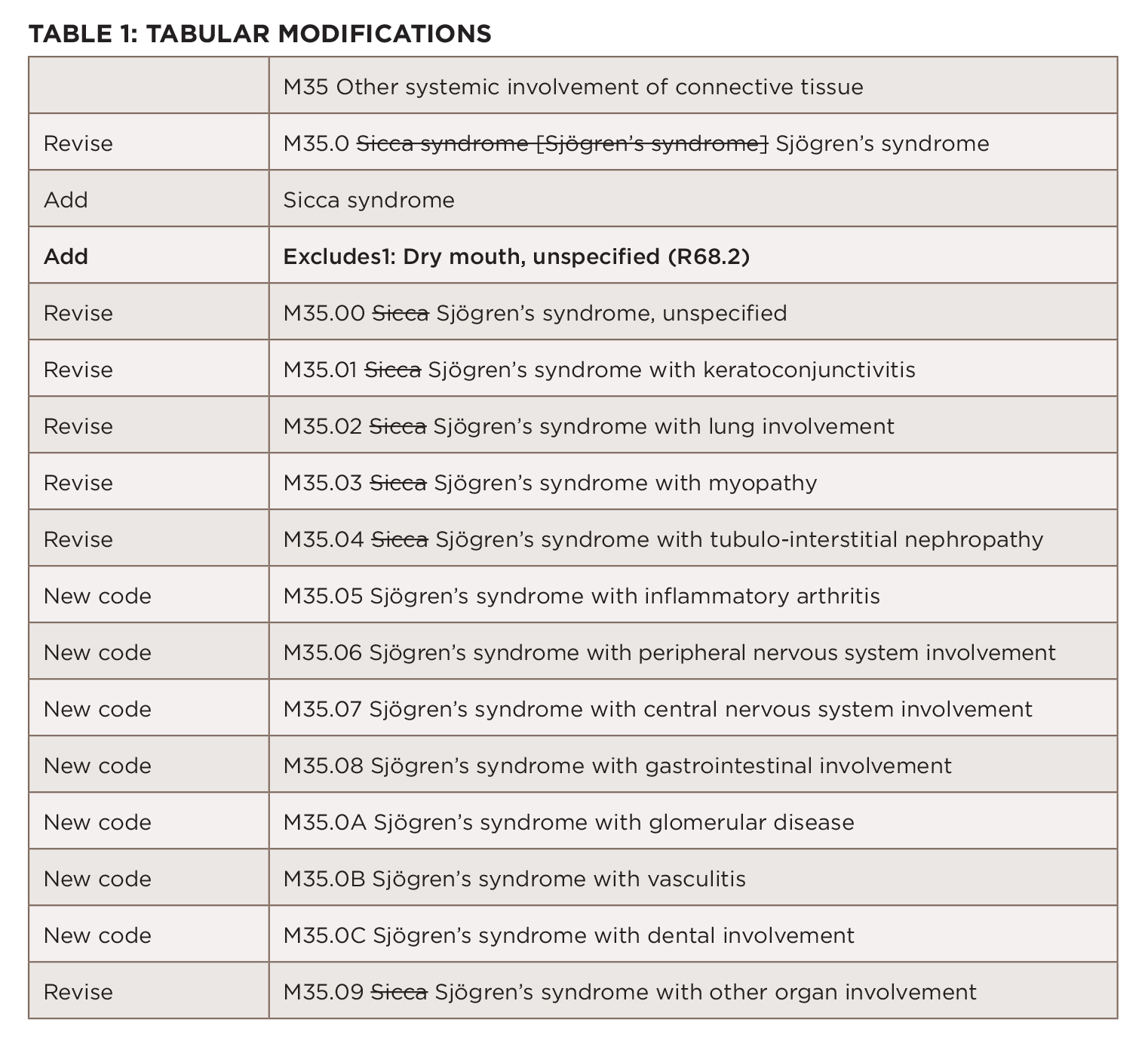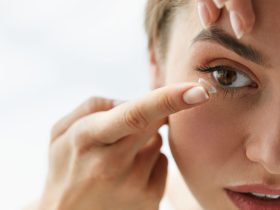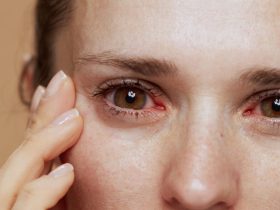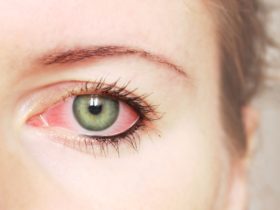The ICD-10 code for bilateral dry eyes is H04.123. It specifies the condition affecting both eyes.
Dry eyes, also known as keratoconjunctivitis sicca, occurs when tears cannot provide adequate lubrication. This condition affects millions globally and can cause discomfort, redness, and blurred vision. Factors like aging, environmental conditions, and prolonged screen time contribute to dry eyes.
Proper diagnosis and treatment are crucial to alleviate symptoms and prevent complications. Treatments range from artificial tears and lifestyle changes to medical interventions. Recognizing the signs and seeking prompt care can improve eye health and quality of life. Understanding the ICD-10 code H04. 123 helps in accurate medical record-keeping and effective treatment planning.
Icd-10 Code For Dry Eyes
The ICD-10 code for dry eyes is crucial for proper diagnosis. It helps in identifying and treating the condition effectively. This blog post delves into the specifics of the ICD-10 code for dry eyes.
Classification
Dry eyes fall under the category of eye disorders. The ICD-10 code for dry eyes is used worldwide. It ensures a standardized approach for medical professionals.
Code Details
The ICD-10 code for dry eyes is H04.123. This specific code refers to “Dry eye syndrome, bilateral”. It is part of the H00-H59 range that covers diseases of the eye and adnexa.
Here is a detailed breakdown:
- H04: Disorders of lacrimal system
- H04.1: Other disorders of lacrimal gland
- H04.123: Dry eye syndrome, bilateral
Using the correct code is vital for accurate treatment. It also aids in proper medical billing and insurance claims.
| Code | Description |
|---|---|
| H04.123 | Dry eye syndrome, bilateral |
Understanding the ICD-10 code for dry eyes helps in better patient care. Always ensure to use the right code for effective diagnosis and treatment.
Symptoms Of Dry Eyes
Dry eyes can be quite uncomfortable and troublesome. Recognizing the symptoms early can help manage and treat the condition effectively. This section will discuss the common signs and severe symptoms associated with dry eyes. Understanding these symptoms is crucial for seeking timely medical advice.
Common Signs
Dry eyes often present with several common signs. These symptoms are usually mild but can be bothersome. Here are some of the most frequent indicators:
- Redness: Eyes appear red or bloodshot.
- Itching: Persistent itching in the eyes.
- Burning Sensation: A feeling of burning or stinging.
- Sensitivity to Light: Increased sensitivity to light.
- Blurry Vision: Vision may become blurry at times.
- Gritty Feeling: Feeling like something is in the eye.
Severe Symptoms
In some cases, dry eyes can become more severe. These symptoms are more intense and can significantly impact daily activities. It’s essential to address these severe symptoms promptly:
| Symptom | Description |
|---|---|
| Chronic Eye Pain | Continuous pain in the eyes. |
| Extreme Light Sensitivity | Severe sensitivity to light, causing discomfort. |
| Eye Fatigue | Eyes feel tired and heavy. |
| Excessive Tearing | Paradoxical increase in tear production. |
| Difficulty Wearing Contact Lenses | Contact lenses become uncomfortable. |
Causes Of Dry Eyes
Dry eyes can make your eyes feel uncomfortable. Understanding the causes is important. There are many factors that can lead to dry eyes. These factors can be environmental or medical.
Environmental Factors
Environmental factors play a big role in dry eyes. The air around you can be a major cause.
- Dry Air: Dry air can make your eyes lose moisture.
- Wind: Wind can blow away the tear film on your eyes.
- Screen Time: Staring at screens can reduce your blink rate.
- Smoke: Smoke irritates the eyes and dries them out.
Medical Conditions
Some medical conditions can also cause dry eyes. It’s important to know these conditions.
- Age: Getting older can reduce tear production.
- Medications: Some medicines can cause dry eyes.
- Autoimmune Diseases: Diseases like Sjogren’s syndrome can affect tear glands.
- Hormonal Changes: Changes in hormones can affect tear production.
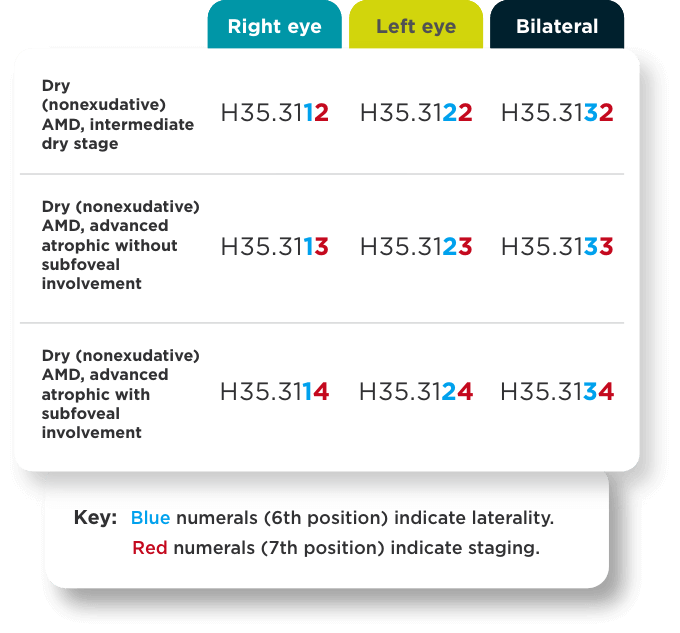
Credit: seegadifferently.com
Diagnosis Process
Diagnosing dry eyes bilateral involves a series of steps. These steps help doctors identify the root cause of the issue. Below, we explore the key steps in the diagnosis process.
Eye Examination
The first step is a thorough eye examination. During this exam, the doctor will check your eye health and look for signs of dryness.
They will ask about your symptoms, such as:
- Burning sensation
- Itchiness
- Redness
- Sensitivity to light
The doctor may also inspect your eyelids and the surface of your eyes.
Diagnostic Tests
After the eye exam, the doctor may perform some diagnostic tests. These tests help to measure the quality and quantity of your tears.
| Test Name | Description |
|---|---|
| Schirmer Test | Measures tear production using filter paper |
| Tear Breakup Time | Assesses tear film stability |
| Ocular Surface Staining | Uses dye to highlight damage on the eye surface |
These tests provide valuable data for the diagnosis. Accurate diagnosis leads to better treatment plans. Always consult with a healthcare professional for personalized advice.
Treatment Options
Managing dry eyes involves various approaches to alleviate discomfort. Treatment options range from simple home remedies to more advanced medical interventions. Below, we explore the most effective treatments available.
Over-the-counter Solutions
Over-the-counter (OTC) solutions are often the first step in treating dry eyes. These are easily accessible and provide quick relief.
- Artificial Tears: These eye drops lubricate the eyes and reduce dryness.
- Eye Ointments: These are thicker than drops and provide longer-lasting relief.
- Warm Compresses: Applying a warm, damp cloth can help to unblock tear ducts.
These solutions are typically effective for mild to moderate cases of dry eyes. They are an affordable and convenient option.
Prescription Medications
For more severe cases, prescription medications may be necessary. These are prescribed by a healthcare professional.
| Medication | Description |
|---|---|
| Cyclosporine (Restasis) | Increases tear production and reduces inflammation. |
| Xiidra | Targets inflammation and improves symptoms. |
| Oral Tetracyclines | Often used to treat associated eyelid inflammation. |
These medications are effective but may come with side effects. Always follow your doctor’s instructions.
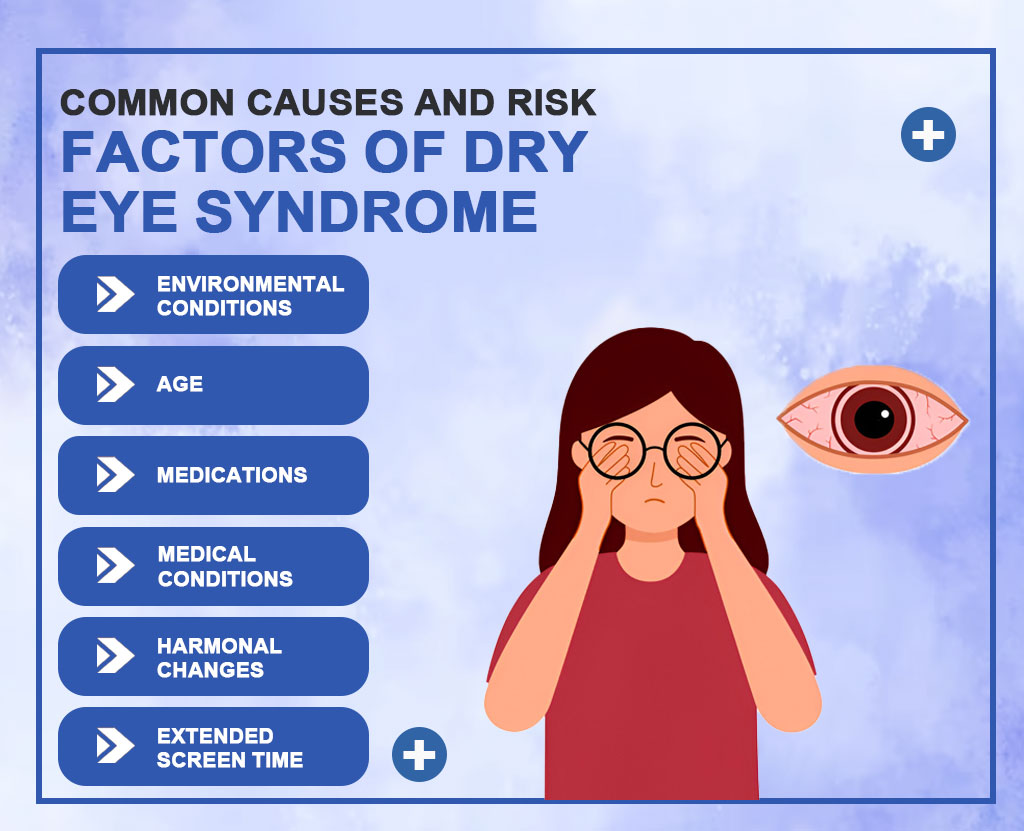
Credit: resilientmbs.com
Home Remedies
Living with dry eyes can be challenging. Many people seek home remedies to alleviate discomfort. These remedies can be simple and effective. They often involve lifestyle changes and natural treatments.
Lifestyle Changes
Small changes in daily habits can greatly help with dry eyes.
- Stay Hydrated: Drink plenty of water daily.
- Use a Humidifier: Keep the air moist in your home.
- Limit Screen Time: Take breaks every 20 minutes.
- Wear Sunglasses: Protect eyes from wind and sun.
Natural Treatments
Natural treatments can offer relief without side effects.
- Warm Compresses: Use a warm cloth on your eyes.
- Omega-3 Fatty Acids: Include fish oil in your diet.
- Coconut Oil: Apply a small amount around the eyes.
- Chamomile Tea Bags: Place cooled tea bags on your eyes.
These methods can be used easily at home. They provide relief for those suffering from dry eyes.
Preventive Measures
Dry eyes can be very uncomfortable. The ICD 10 Code for Dry Eyes Bilateral is H04.123. To manage dry eyes, taking preventive steps is essential. Simple changes in daily habits and using protective gear can help a lot. Let’s look at some effective preventive measures.
Daily Habits
Daily habits play a crucial role in preventing dry eyes. Here are some tips:
- Blink Often: Make it a habit to blink frequently. Blinking helps keep eyes moist.
- Stay Hydrated: Drink plenty of water. Good hydration helps maintain eye moisture.
- Use a Humidifier: Place a humidifier in your room. It adds moisture to the air.
- Take Breaks: Take regular breaks when using screens. Follow the 20-20-20 rule: every 20 minutes, look at something 20 feet away for at least 20 seconds.
Protective Gear
Using protective gear can safeguard your eyes from dryness. Consider the following:
- Wear Sunglasses: Sunglasses protect your eyes from wind and sun. Choose wrap-around styles for better protection.
- Safety Goggles: If you work in dusty environments, use safety goggles. They keep irritants out of your eyes.
- Screen Filters: Use anti-glare screens on computers and phones. They reduce eye strain and dryness.
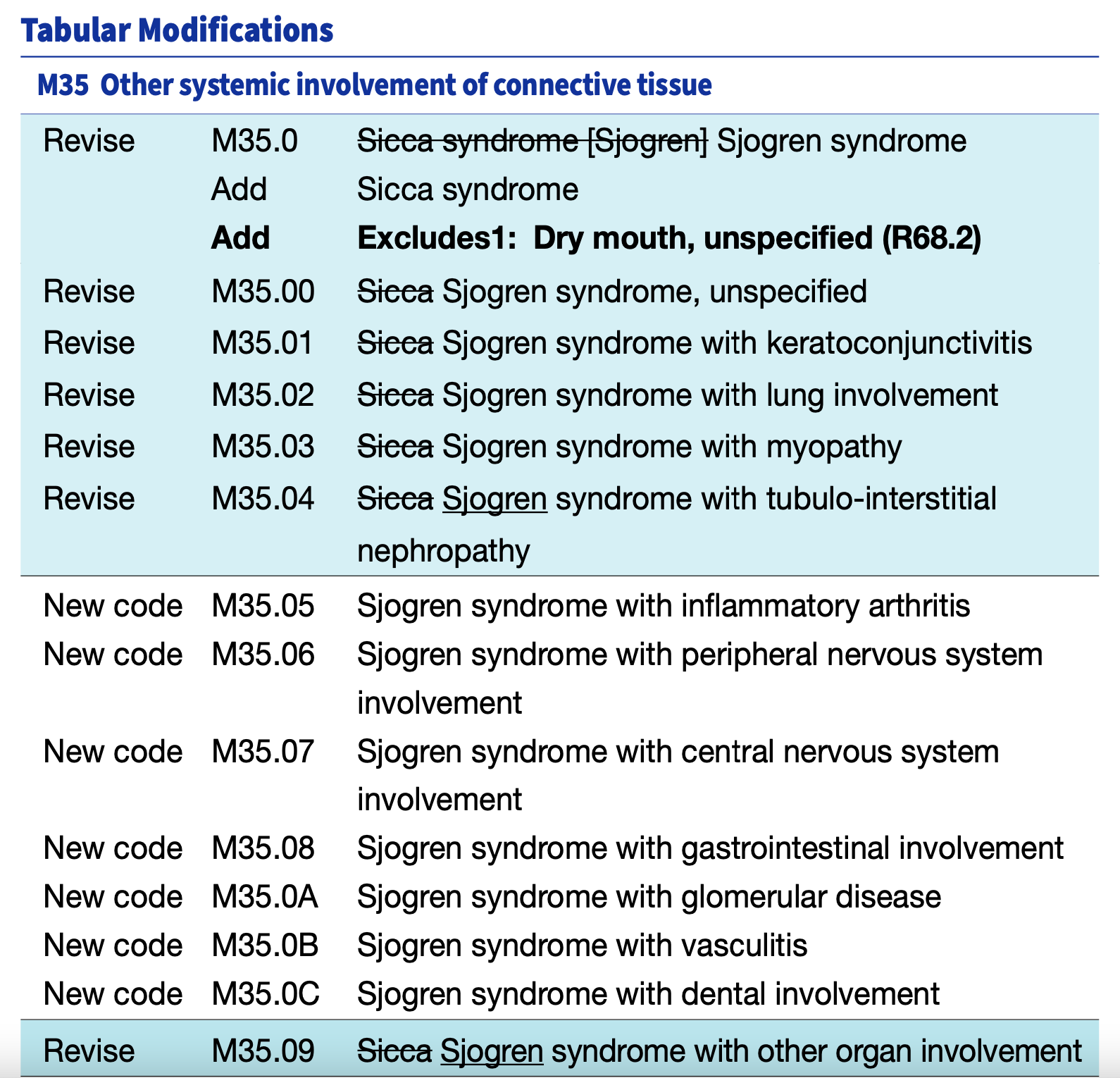
Credit: sjogrens.org
When To See A Doctor
Dry eyes can be a bothersome condition. It is essential to know when to seek medical help. Understanding the signs can prevent complications. Timely intervention can save your vision and comfort.
Warning Signs
Recognize the warning signs early. Some symptoms may indicate a serious issue. Look out for these:
- Persistent dryness
- Severe eye redness
- Constant irritation
- Blurry vision
- Eye pain
If you notice these symptoms, it is time to see a doctor. Do not wait for the condition to worsen.
Specialist Consultation
Consulting a specialist can provide accurate diagnosis. An ophthalmologist can run specific tests. They can determine the cause of dry eyes. Here are some steps they may take:
- Examine your eyes thoroughly
- Check tear production
- Assess the quality of tears
- Review your medical history
- Suggest appropriate treatments
Getting a specialist’s input ensures proper care. It can help address the root cause effectively.
Frequently Asked Questions
What Is The Icd-10 Code For Dry Eyes?
The ICD-10 code for dry eyes is H04. 123.
Is There An Icd-10 Code For Bilateral Dry Eyes?
Yes, ICD-10 code H04. 123 applies to bilateral dry eyes.
How Do Doctors Diagnose Dry Eyes?
Doctors diagnose dry eyes through eye exams and patient history.
What Treatments Are Available For Dry Eyes?
Treatments include artificial tears, prescription eye drops, and lifestyle changes.
Can Dry Eyes Affect Both Eyes?
Yes, dry eyes can affect both eyes simultaneously.
Conclusion
Understanding the ICD 10 code for bilateral dry eyes can streamline medical documentation. It ensures accurate diagnosis and treatment. Proper coding supports effective communication between healthcare providers. This leads to improved patient care. Stay informed about these codes to enhance medical practice efficiency and compliance.

